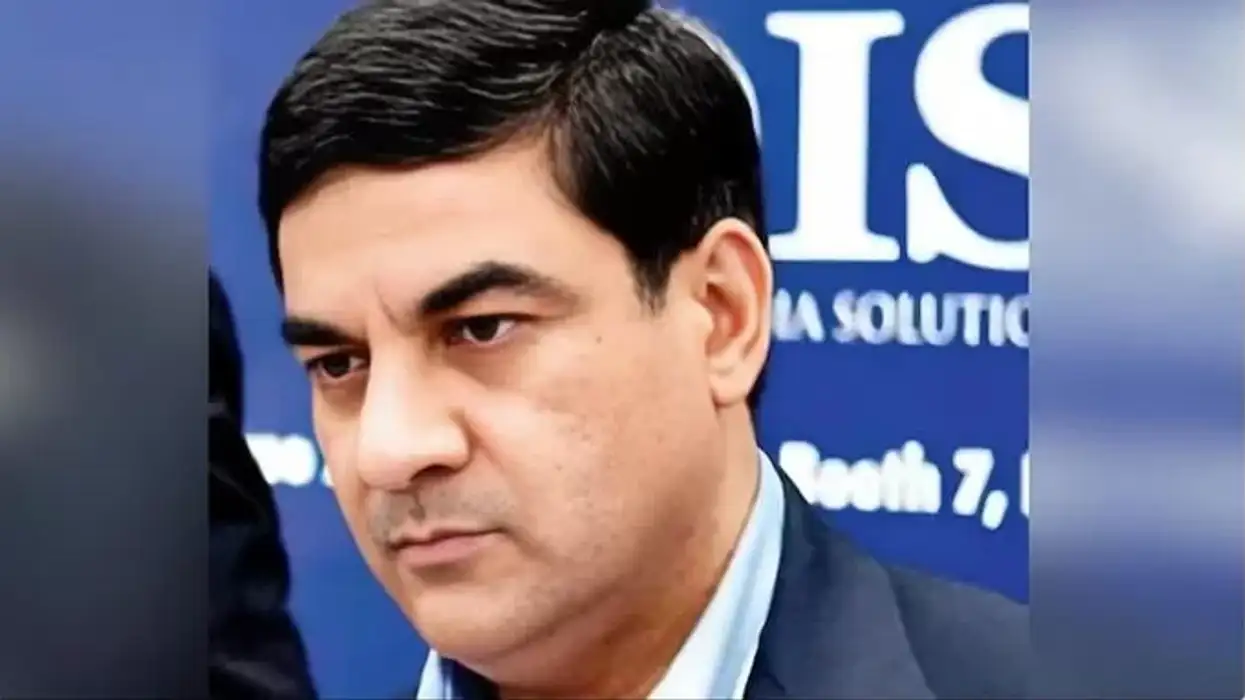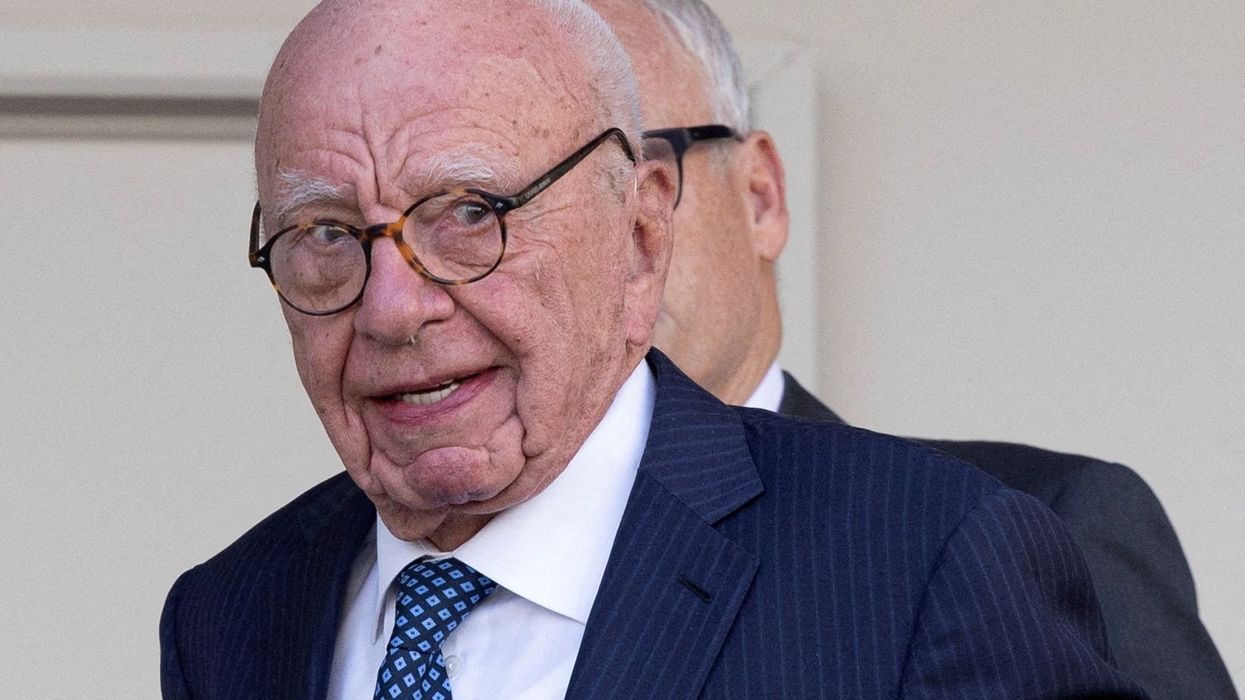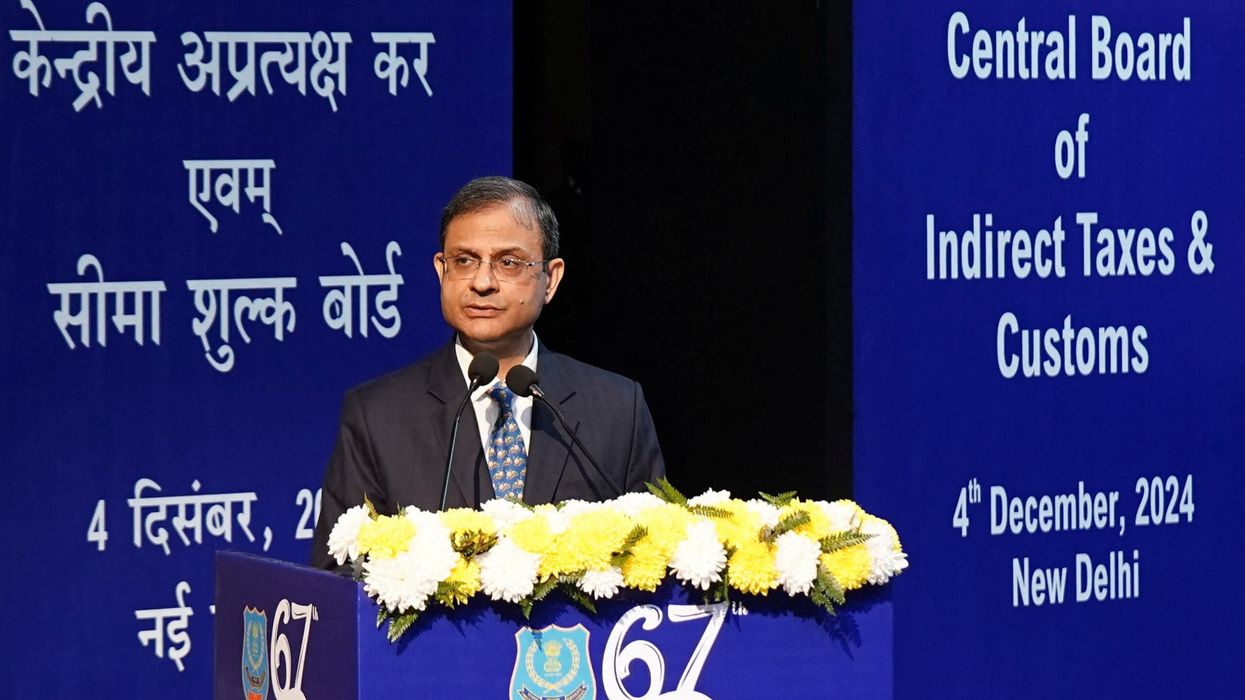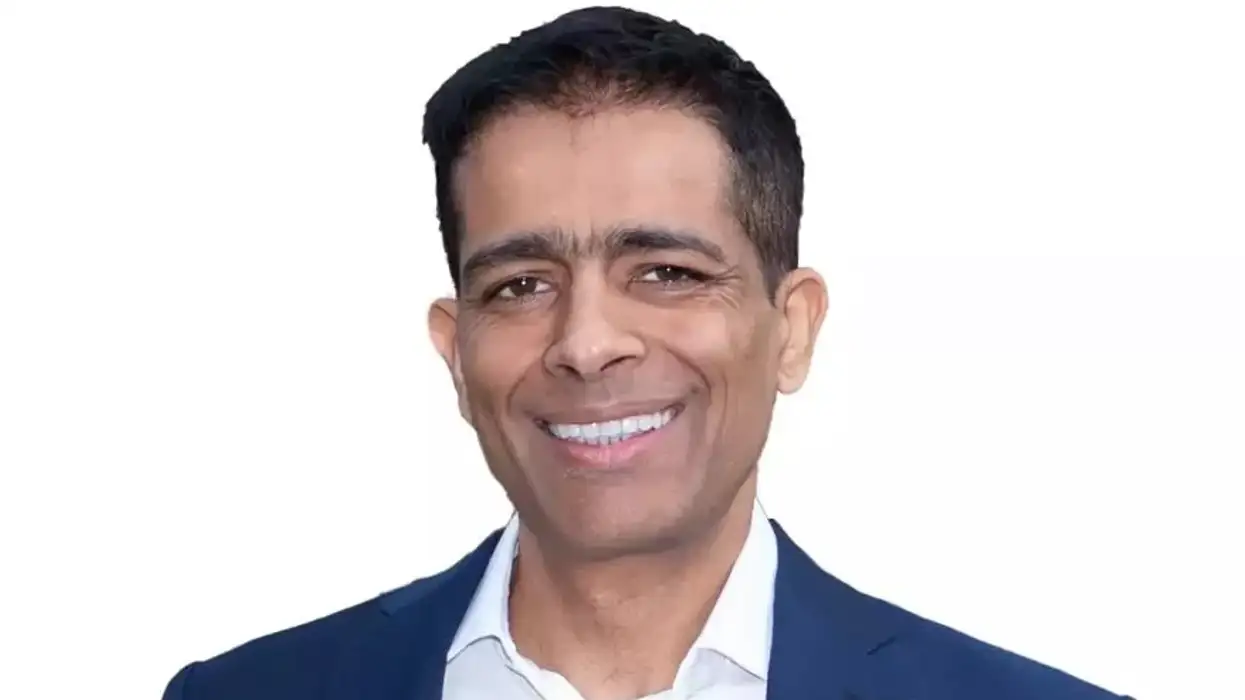India's GDP grew by 7.2 per cent in the year to March, official figures showed last Wednesday (31), boosted by services and consumption, putting it among the world’s fastest-expanding major economies.
The country is the world’s fifth-largest economy, and recently surpassed China to become the most populous country. Its growth has rebounded since the pandemic – the economy rocketed 9.1 per cent in the 2021-22 financial year.
But like other countries, India has been buffeted by global headwinds including tightening global financial conditions, the war in Ukraine and geopolitical tensions. India imports more than 80 per cent of its crude, with Russia’s invasion of Ukraine driving up oil costs. But its economy grew by 6.1 per cent in the fourth fiscal quarter from January to March compared with the same period last year, according to National Statistical Office data.
In the same period, China’s economy expanded 4.5 per cent year-on-year according to its National Bureau of Statistics, while Washington’s Commerce Department said the United States grew by an anaemic 1.1 per cent. China is rebounding after the end of zero-Covid measures that battered business and supply chains, but is bedevilled by a host of other headaches.
Meanwhile the United States is battling persistently elevated inflation, Germany is in a technical recession amid an energy crisis triggered by the Ukraine war, and Japan expanded by just 0.4 per cent in the first quarter. In India, growth in financial, real estate and other services strengthened from the previous year, while the manufacturing sector expanded at a much slower pace.
The quarterly and annual figures were slightly above market expectations of around 5.5 per cent for the quarter and seven per cent for the 2022-23 financial year. The robust growth is expected to bolster prime minister Narendra Modi’s credentials ahead of 2024 general elections, where he is expected to lead his party to a third term in office. Analysts said government spending and domestic consumption have also helped India’s economy remain robust. The World Bank’s India country director, Auguste Tano Kouame, said in April that the economy “continues to show strong resilience to external shocks”.
“Notwithstanding external pressures, India’s service exports have continued to increase, and the current-account deficit is narrowing.” Economists said softening crude oil prices at the start of this year, coupled with a flourishing services sector, had driven growth for the quarter.
India’s services sector jumped to its highest level in nearly 13 years in April on the back of strong finance and insurance output, according to the S&P Global India Services Purchasing Managers’ Index, a private survey. Inflationary pressures, which had led the Reserve Bank of India (RBI) to lift interest rates from four per cent to 6.50 per cent between May last year and February before pausing in April, have eased in recent months.
Retail inflation fell to 4.70 per cent in April, within the central bank’s target band of two per cent to six per cent, from 5.66 per cent in March and down from a peak of 7.79 per cent in April last year. The RBI projected GDP growth of 6.5 per cent in the 2023-24 financial year in its annual report published last Tuesday, citing easing inflation risks. The International Monetary Fund forecasts India’s economy to grow by 5.9 per cent in the 2023-24 financial year.
Daniel Leigh, who heads the World Economic Studies division in the IMF’s Research Department, in April called the country “one of the bright spots in the global economy”.
The State Bank of India’s chief economic adviser, Soumya Kanti Ghosh, added in a note that the manufacturing sector was expected to rebound, while the boost in government spending would “strengthen job creation and demand”. But analysts have warned that the unemployment rate, which has been rising this year and reached 8.11 per cent in April according to data from the Centre for Monitoring Indian Economy, could weigh on the economy. (AFP)













